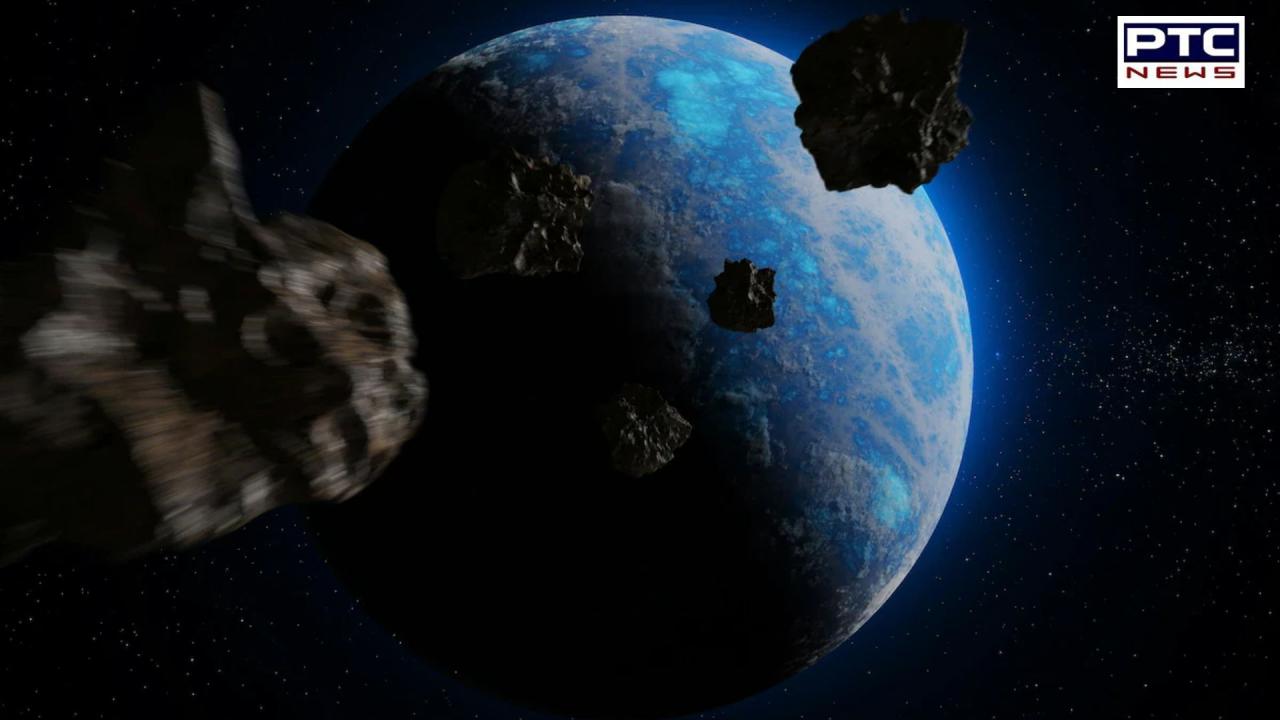

Asteroid 2024 YR4: Scientists discover new asteroid that can strike Earth in Dec 2032, may cause significant destruction
PTC Web Desk: Astronomers have identified a newly discovered asteroid, 2024 YR4, which has a significant probability of striking Earth in December 2032. According to NASA’s Centre for Near-Earth Object Studies (CNEOS), the asteroid follows an orbital path that brings it close to our planet approximately once every eight years.
Key facts about Asteroid 2024 YR4
Potential Earth Impact: Scientists estimate a 1-in-83 chance of the asteroid colliding with Earth in December 2032.
Current Distance: The asteroid is currently 27 million miles away from Earth but is projected to pass within 106,200 km—a dangerously close approach.
Tracking & Monitoring: NASA is continuously tracking 2024 YR4 and refining its trajectory predictions for better accuracy.
Impact Consequences: If the asteroid enters Earth’s atmosphere, it could trigger an airburst explosion. If it crashes onto the surface, it may create a large impact crater, causing significant destruction.
Possible Moon Approach: If the asteroid misses Earth, it is expected to pass close to the Moon on December 22, 2032.
Understanding Asteroids and their threats
Asteroids are rocky objects that orbit the Sun, primarily located in the asteroid belt between Mars and Jupiter. They vary in size from tiny pebbles to massive structures hundreds of km wide. Unlike planets, asteroids have irregular shapes and lack atmospheres.
Asteroids like 2024 YR4 are considered remnants from the early formation of the solar system, around 4.6 billion years ago. While some pose no threat, others, if their orbits intersect with Earth’s, can become potentially hazardous objects (PHOs).
Scientists will continue tracking 2024 YR4 to determine whether its orbit shifts or if it remains on a collision course. Advanced observations may improve accuracy in predicting its exact trajectory and potential impact risk.
- With inputs from agencies
